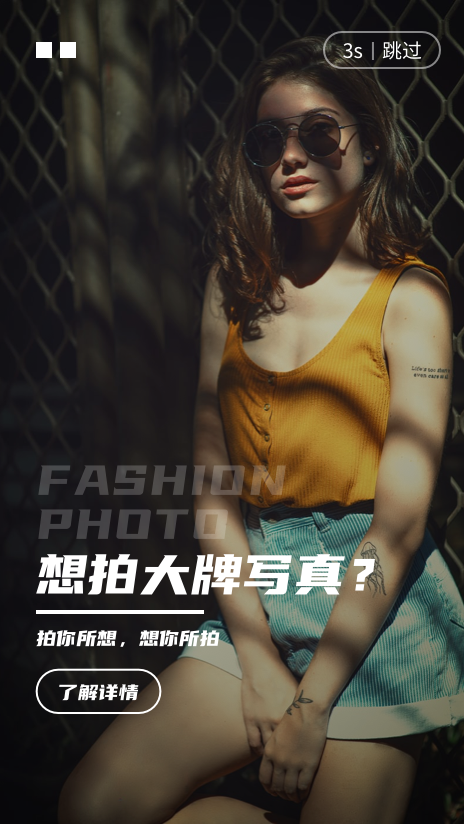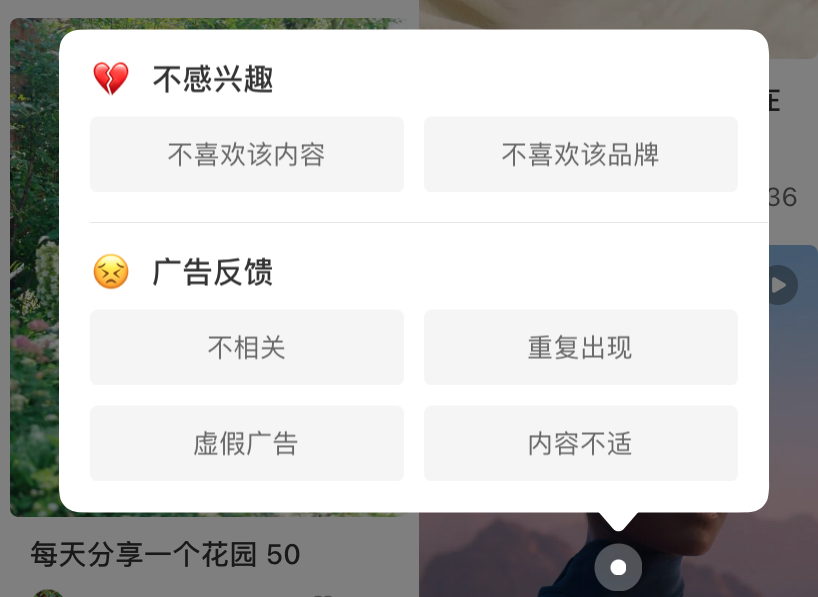Carefully observe our life, you will find that there are placebo buttons everywhere, the sound of ATM counting money, and the whirring sound of turning on the air conditioner, all of which have an intentional guiding effect on the user's mind. When you turn on the air conditioner button, the sound is played first Makes you feel like the buttons you press do something.
Our brains don't like clutter. We like to connect related things. Even if there is no connection between the two, the brain will create one by itself. This is the placebo effect.
*Placebo Effect (Placebo Effect): An actual substance or behavior that is not effective, but you believe it works, thus producing a positive effect.
*Placebo Button: Refers to a device or design that has no practical effect other than providing psychological comfort.
From a conceptual understanding, the placebo button is actually a certain way of carrying the placebo effect. All methods of achieving a certain comfort effect through psychological suggestion/guidance fall into this category, so before talking about the placebo button, it should be more Learn about the placebo effect. In interaction design, it is always emphasized that users need to be left with a certain sense of choice/control, so that they "seem" to control the results according to their own wishes, so as to bring psychological satisfaction or to offset the impact of other things at the moment. Negative feelings, such as "waiting".
In life, everyone has more or less encountered the following scenarios, all of which belong to the scope of the placebo effect:
1. "Skip" in splash ads
The "Skip" button of the opening screen advertisement of some APPs has a hint that it can be skipped, but it can only be closed after the countdown ends. However, in recent years, the regulation has become stricter, and the screen advertisement requirements can be skipped, and this type of "button" rarely appears.

2. "Block this (type) advertisement" and "Don't like this content" in the APP
I believe that most people have discovered that they are still being pushed continuously after clicking to block such advertisements. This is the comforting effect. When this ad appears, users can choose not to watch it if they don’t like it. The comfort brought by this sense of control, to a certain extent, allows users to offset part of the irritability of seeing the ad at the moment.

▲Screenshot of the picture source Xiaohongshu, invaded and deleted
3. Elevator close button
Perhaps you have observed that many people frantically press the door close button when they are anxiously waiting for the elevator, and they always think that this can speed up the closing speed of the elevator door, but in fact, the closing time of most elevators is pre-set and will not be based on Changes depending on how many times the button is pressed.
4. Loading status of content loading (progress bar)
In fact, there is no way to control the loading speed of the website (affected by many factors, not one by one), but whether the Loading status exists, the speed of the progress bar, the interesting form, etc., are all to alleviate some of the anxiety generated during this waiting process , so as to play the role of psychological comfort.


▲Picture source network, intrusion and deletion
The above are probably the most common application scenarios of the placebo effect in life. There are also many scenarios such as the temperature controller of the central air conditioner, the button of the vending machine, etc. What placebo buttons have you seen in your life? Welcome to add to the discussion.
In interaction design, designers often need to be more cautious in grasping the degree. For example, in scenes such as advertisements, when users perceive that they have been "deceived", they will feel angry and often hear people around them complain: "I have marked N times If you don’t want to see these contents, why do you still push them, the recommendation mechanism is so stupid!" (actually, the scolding may be even worse)
Therefore, in addition to the standardized use of placebo buttons, the demands behind user behaviors should also be valued and satisfied, such as frequency control, the flexibility of recommendation algorithms, the accuracy of user positioning and other marketing techniques in the process of advertising. It is also particularly important, and it will be better to use this principle in combination with the design display layer.
Information reference:
"The Placebo Effect: If You Believe It Works, It Works", Zhengzhou Dawu Psychology, Phoenix News